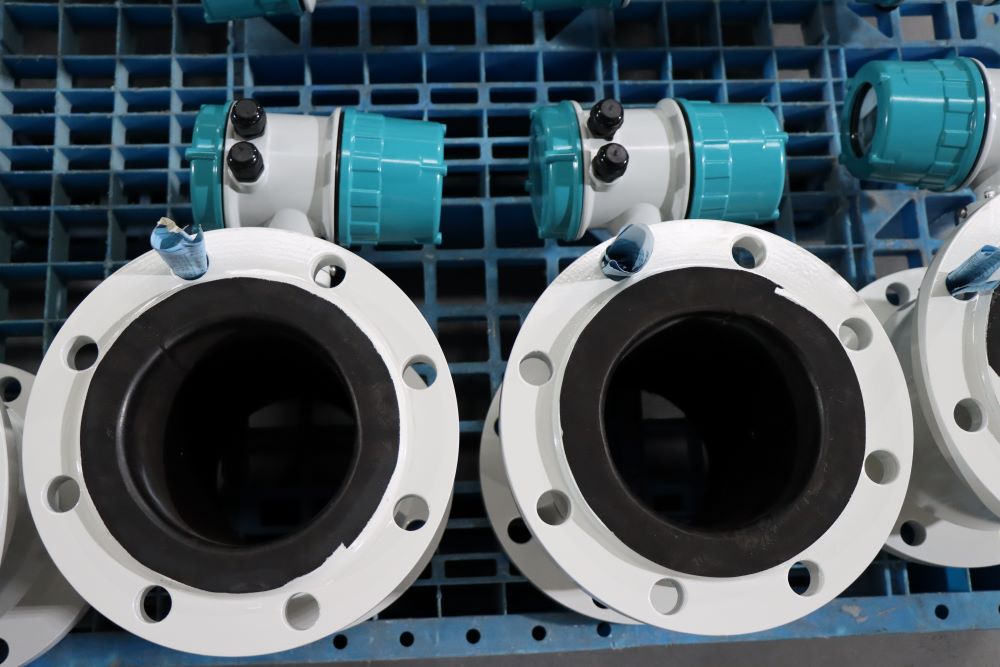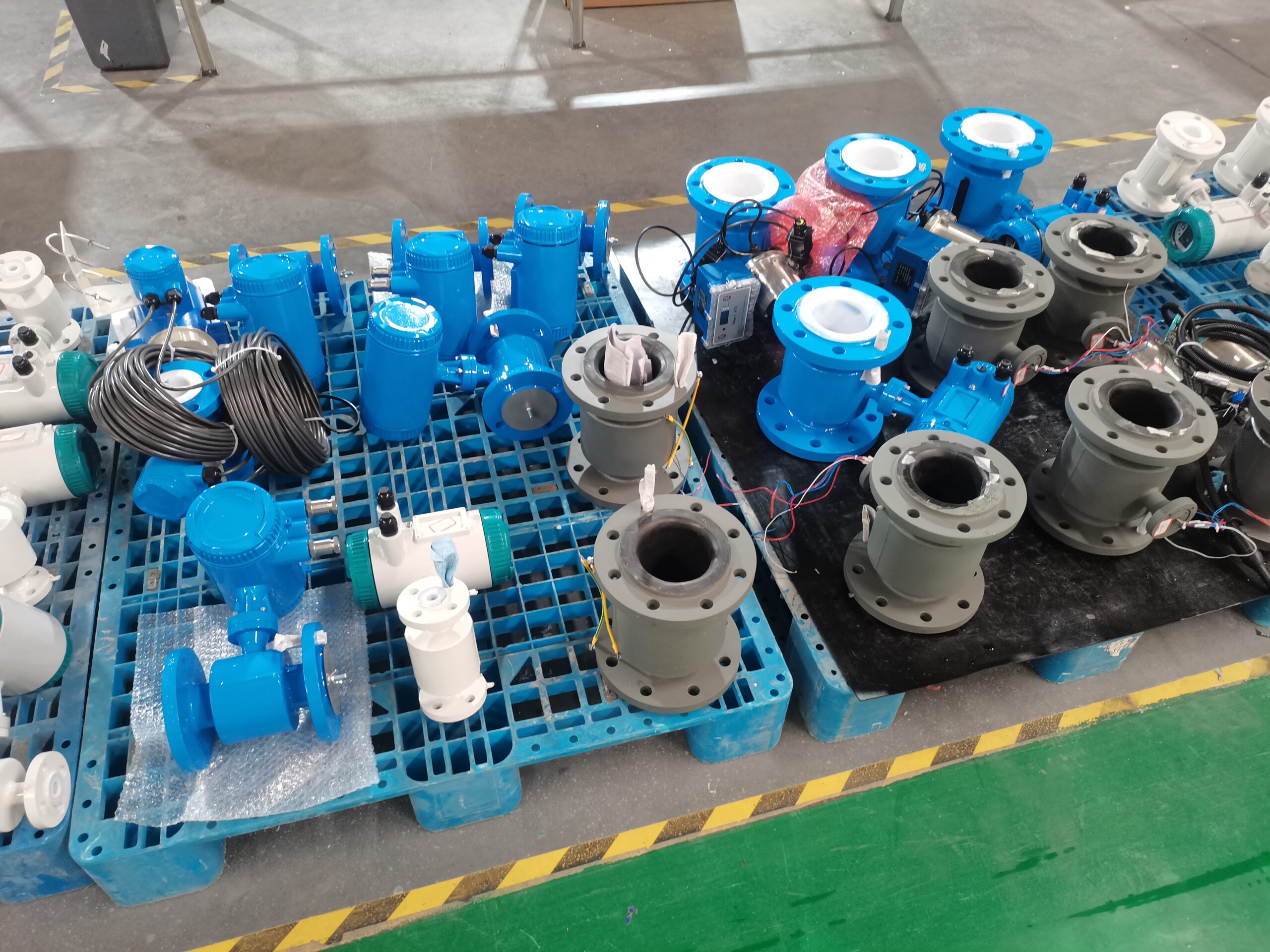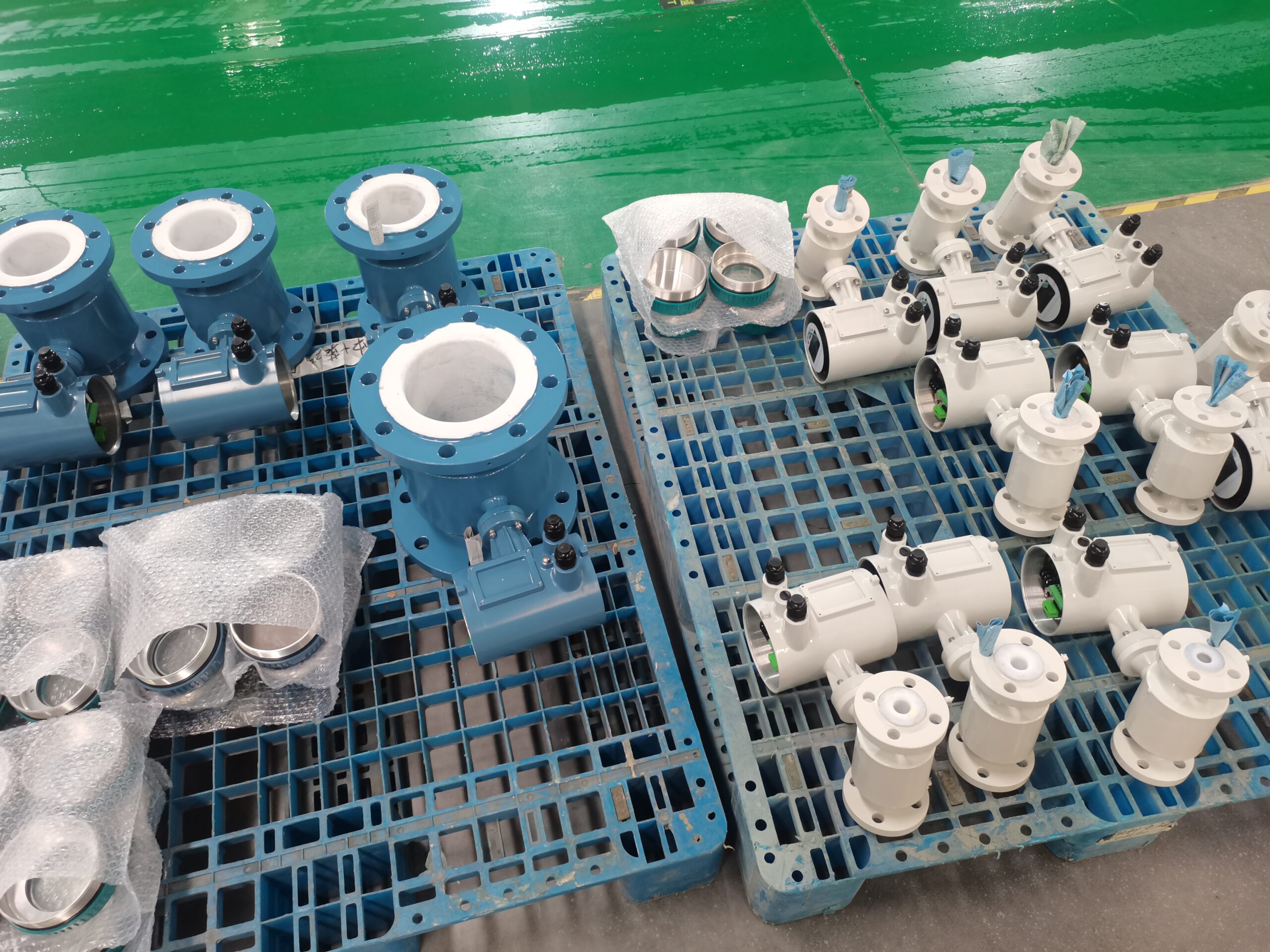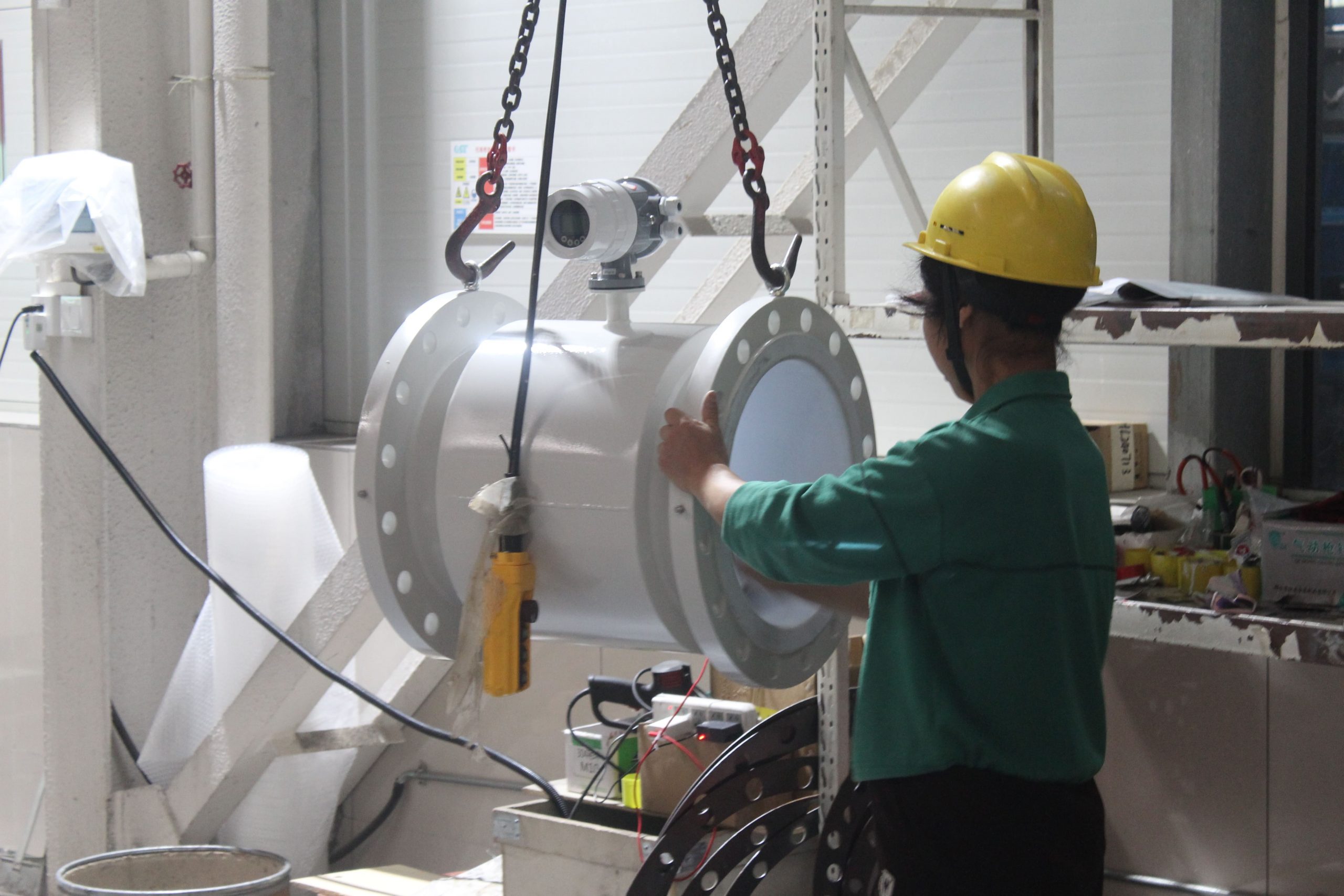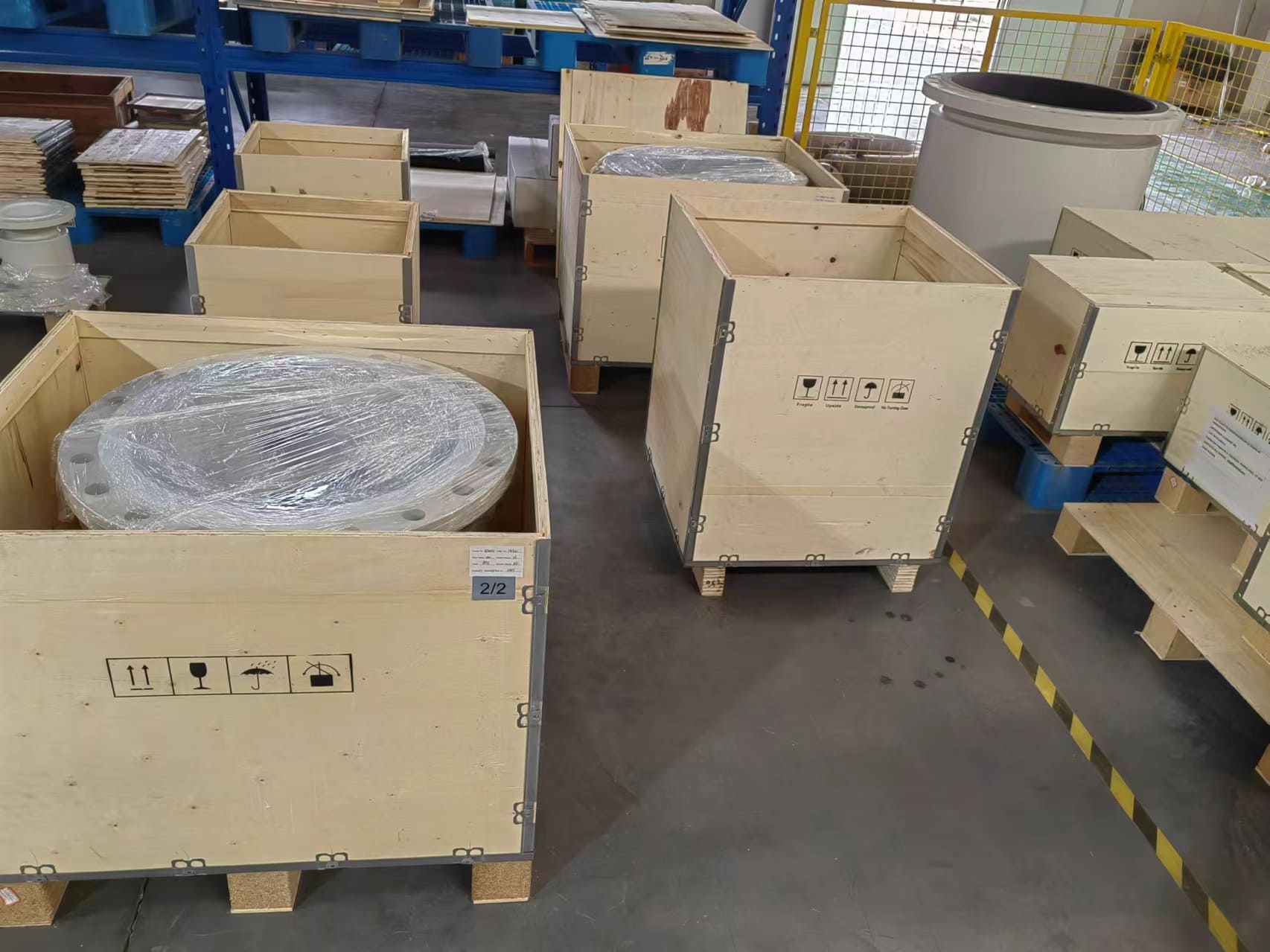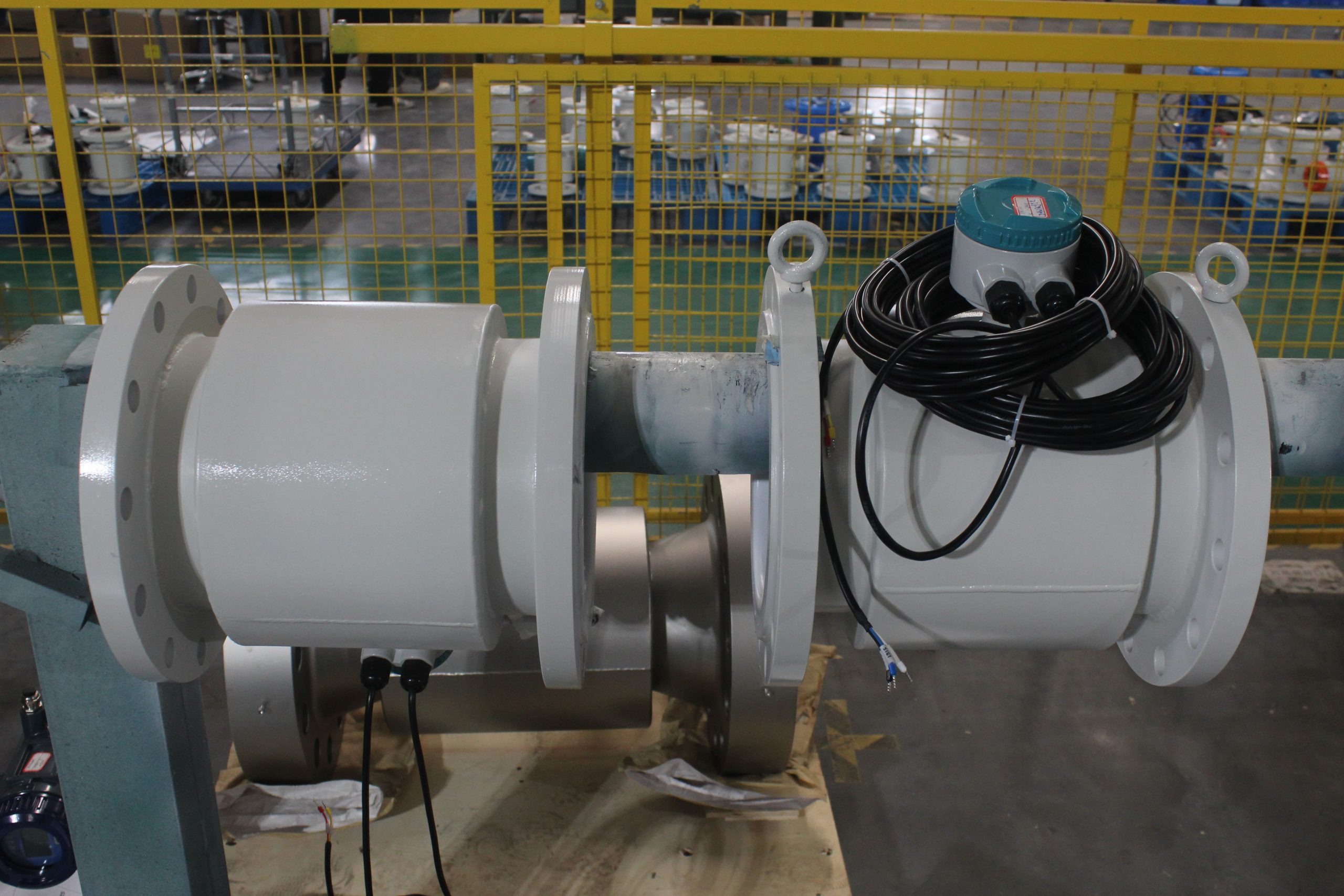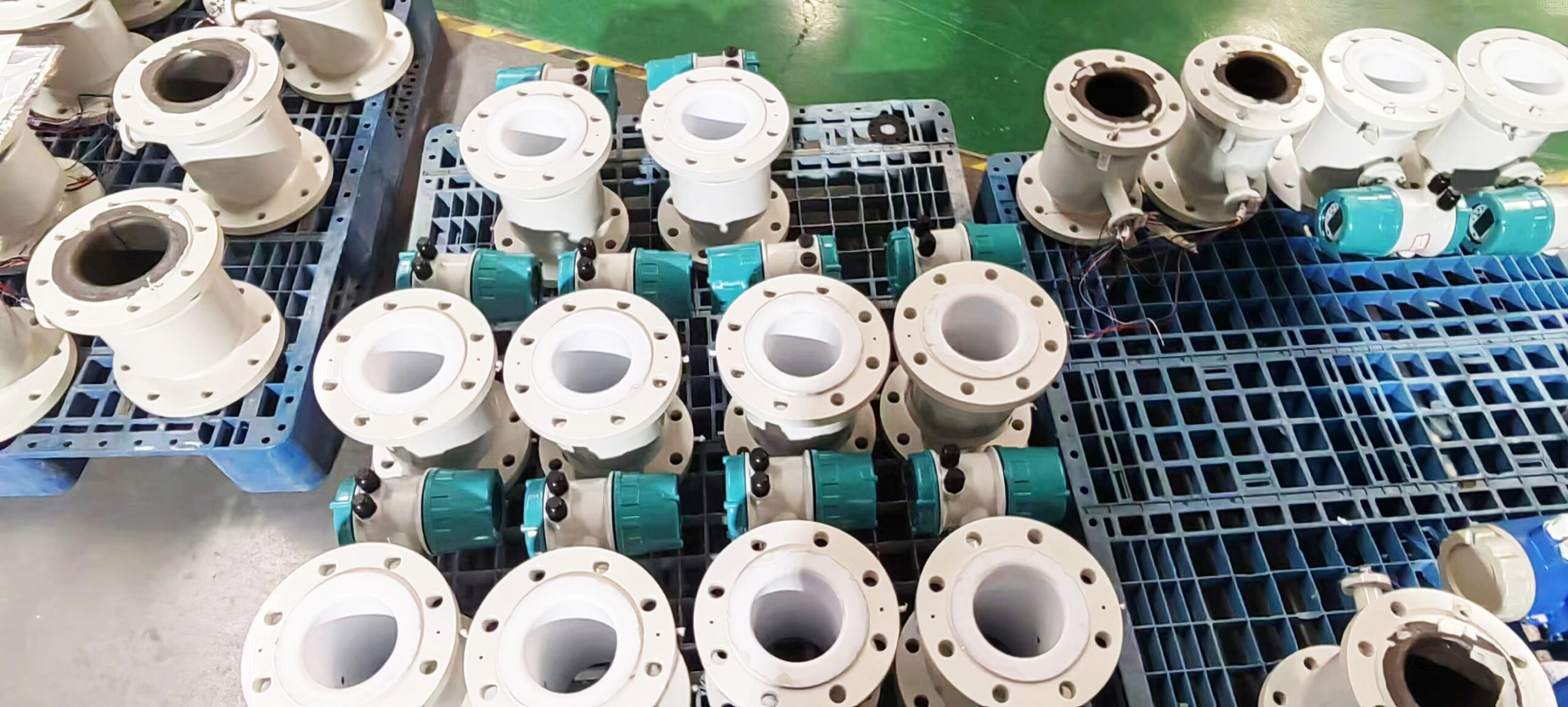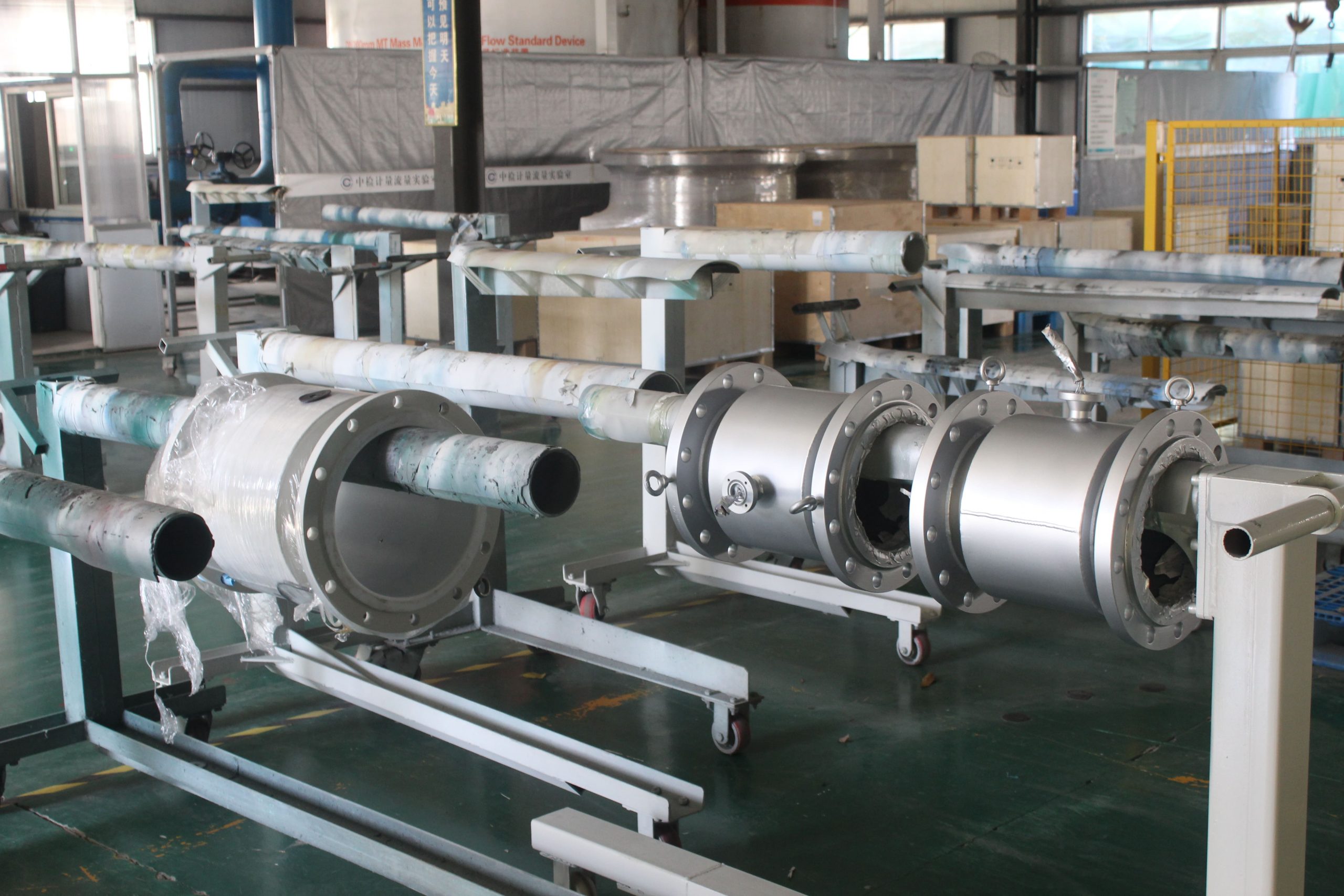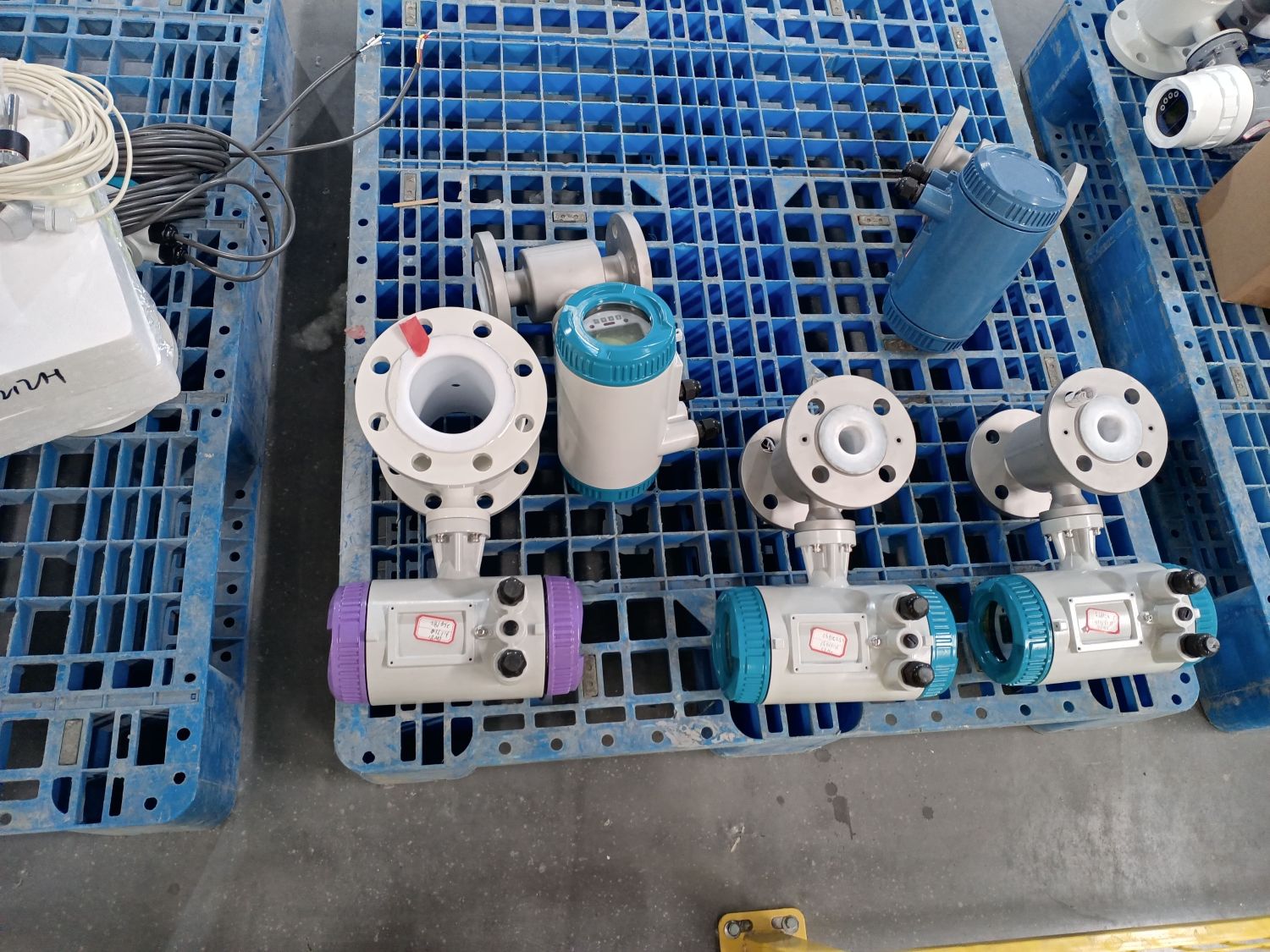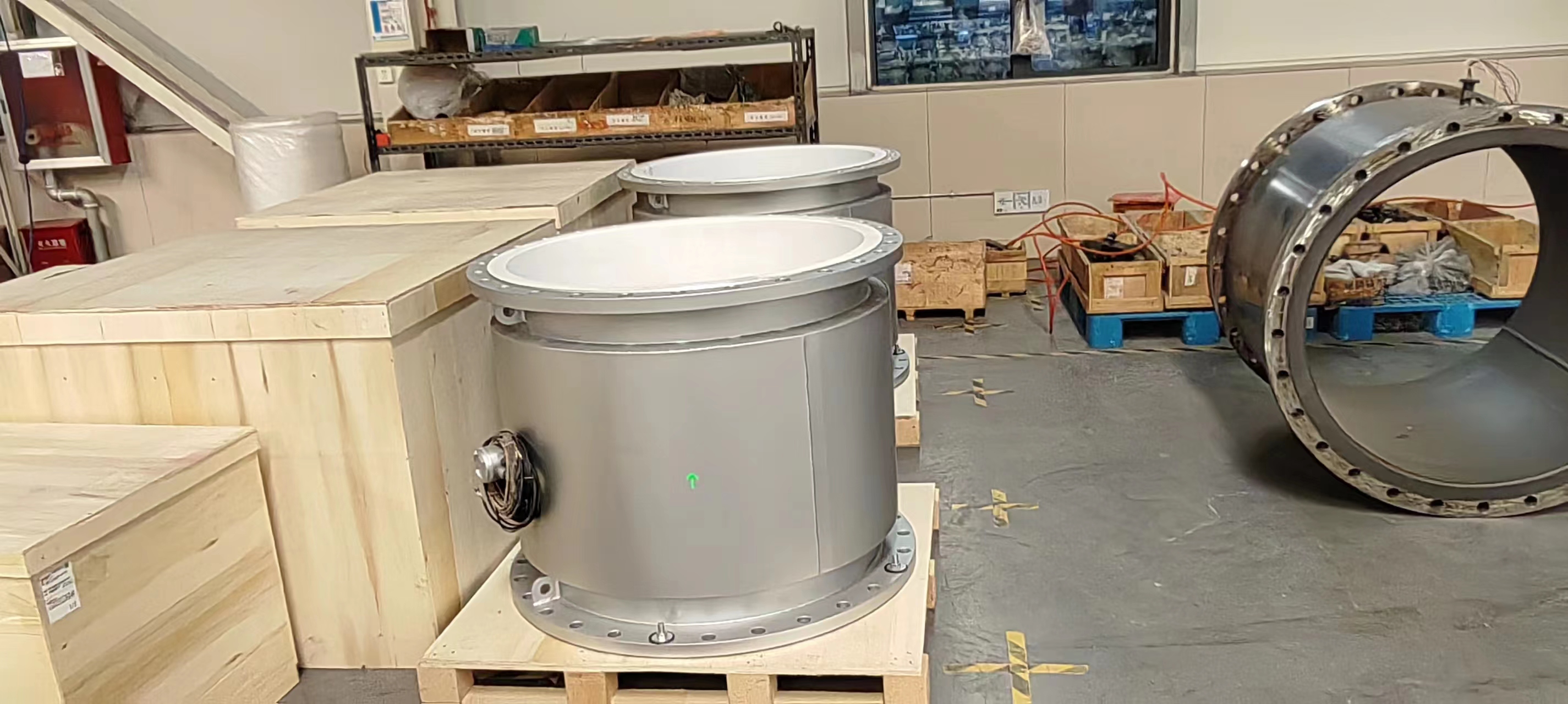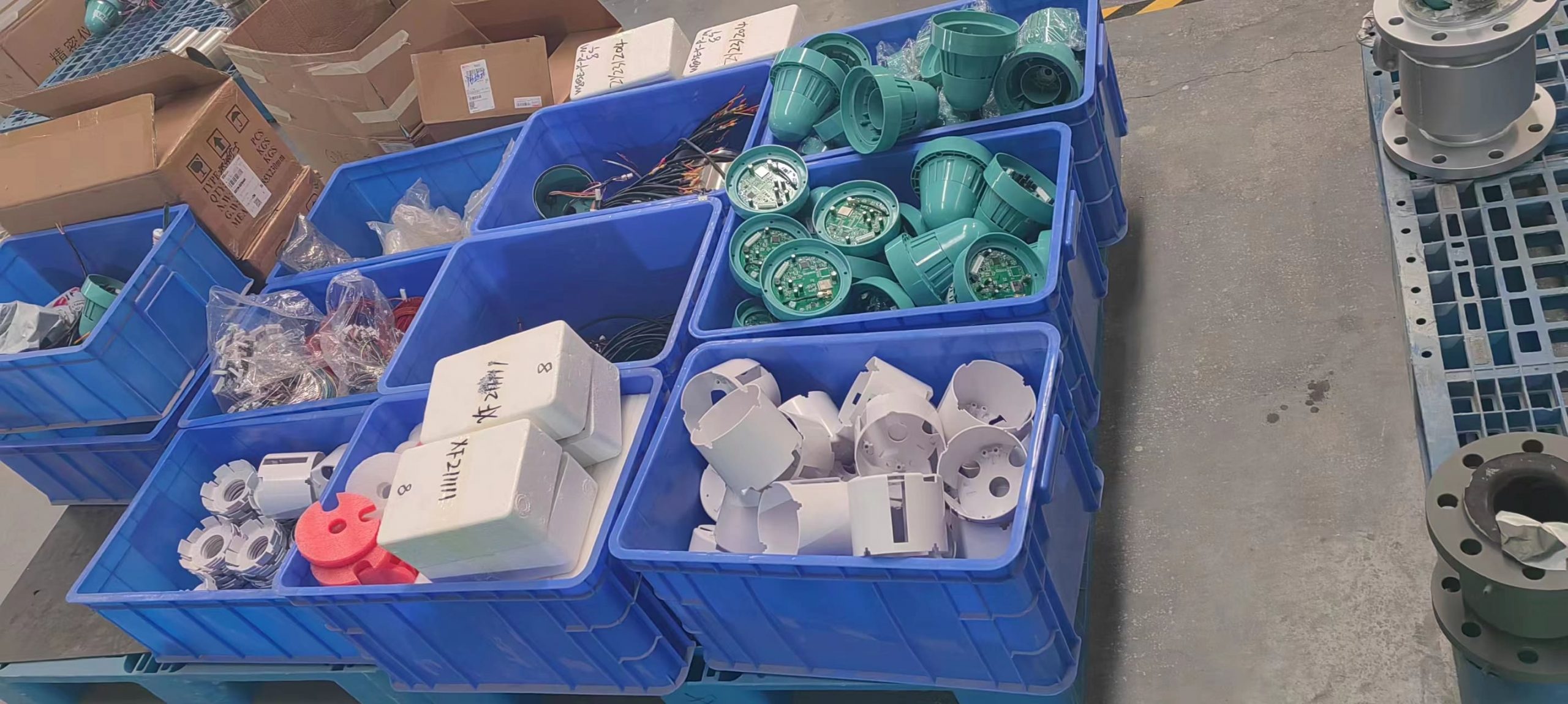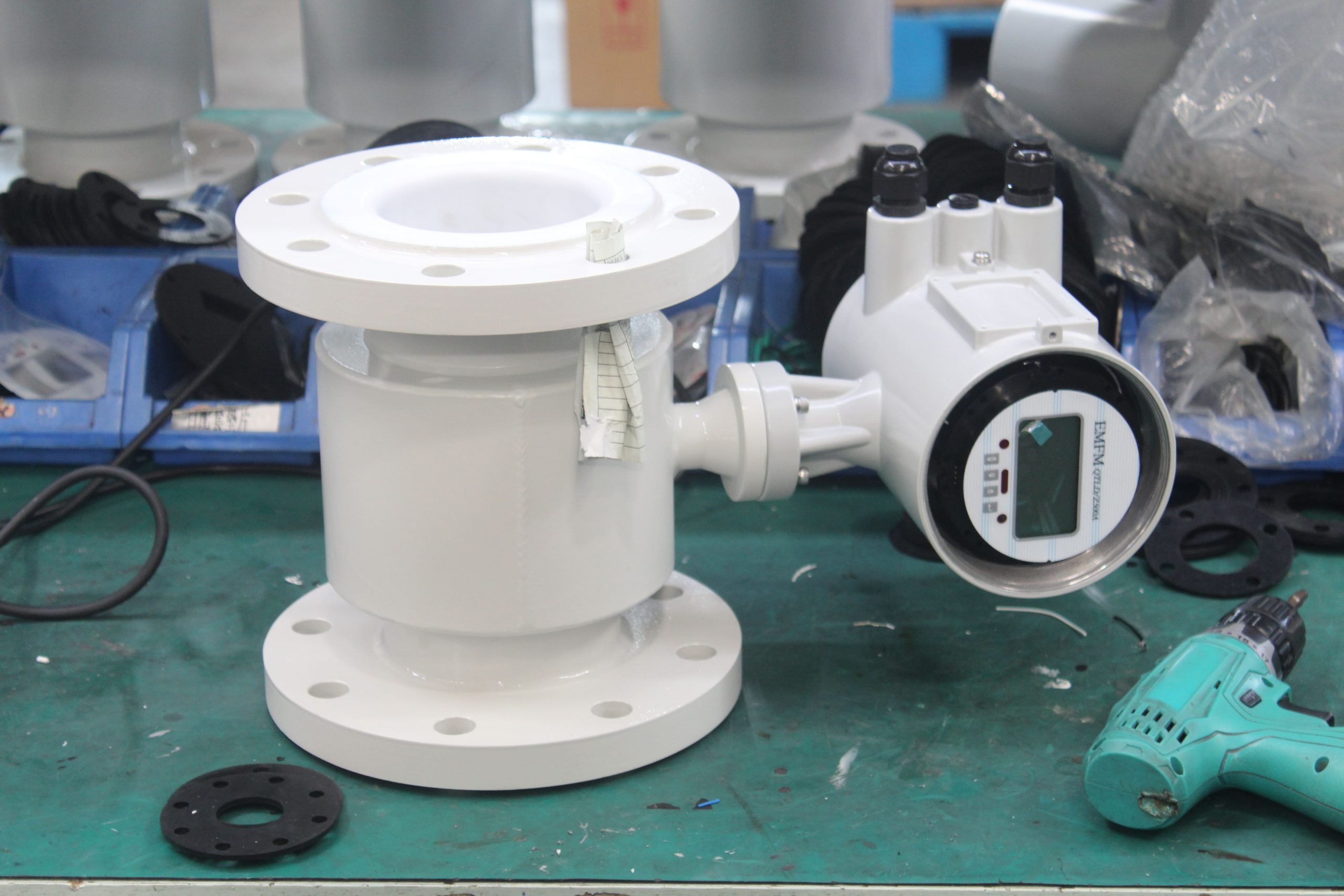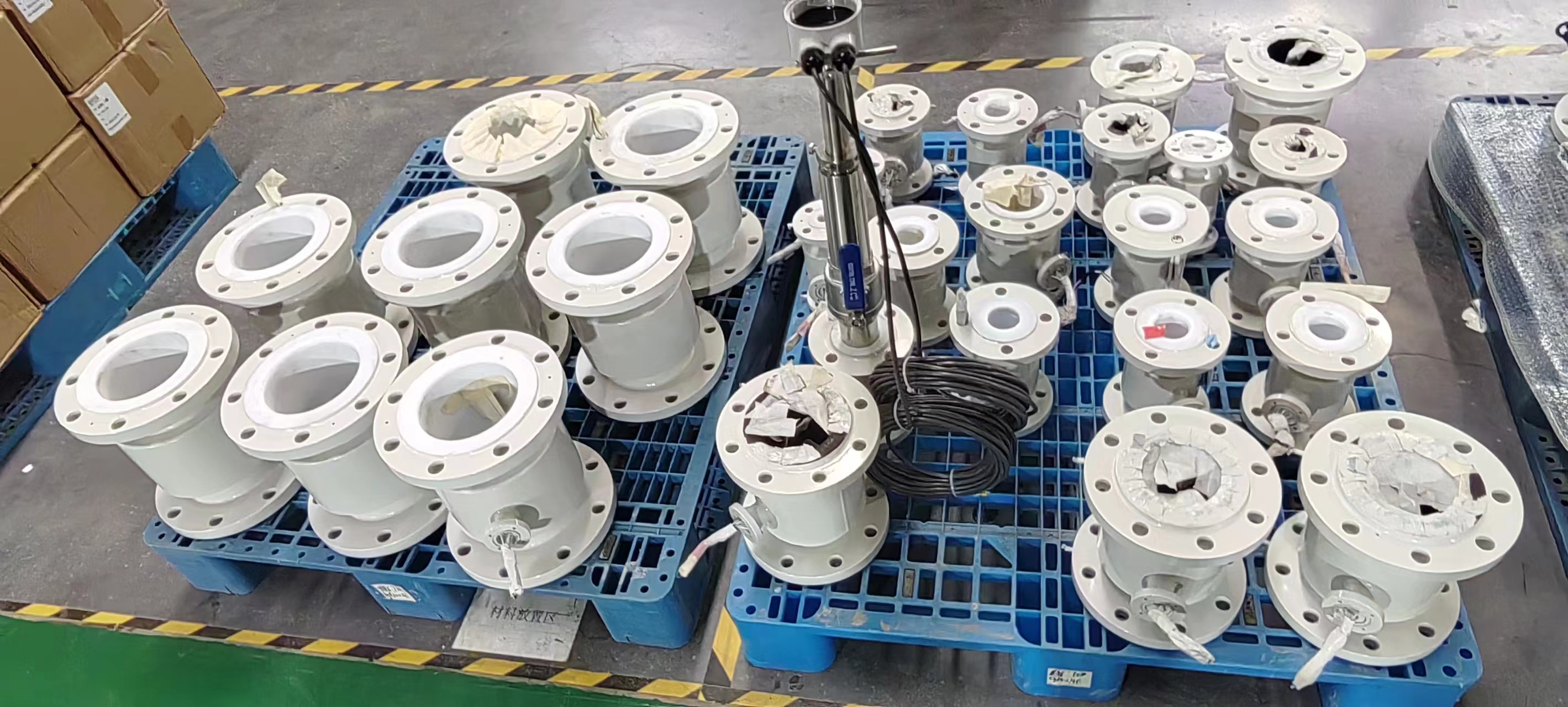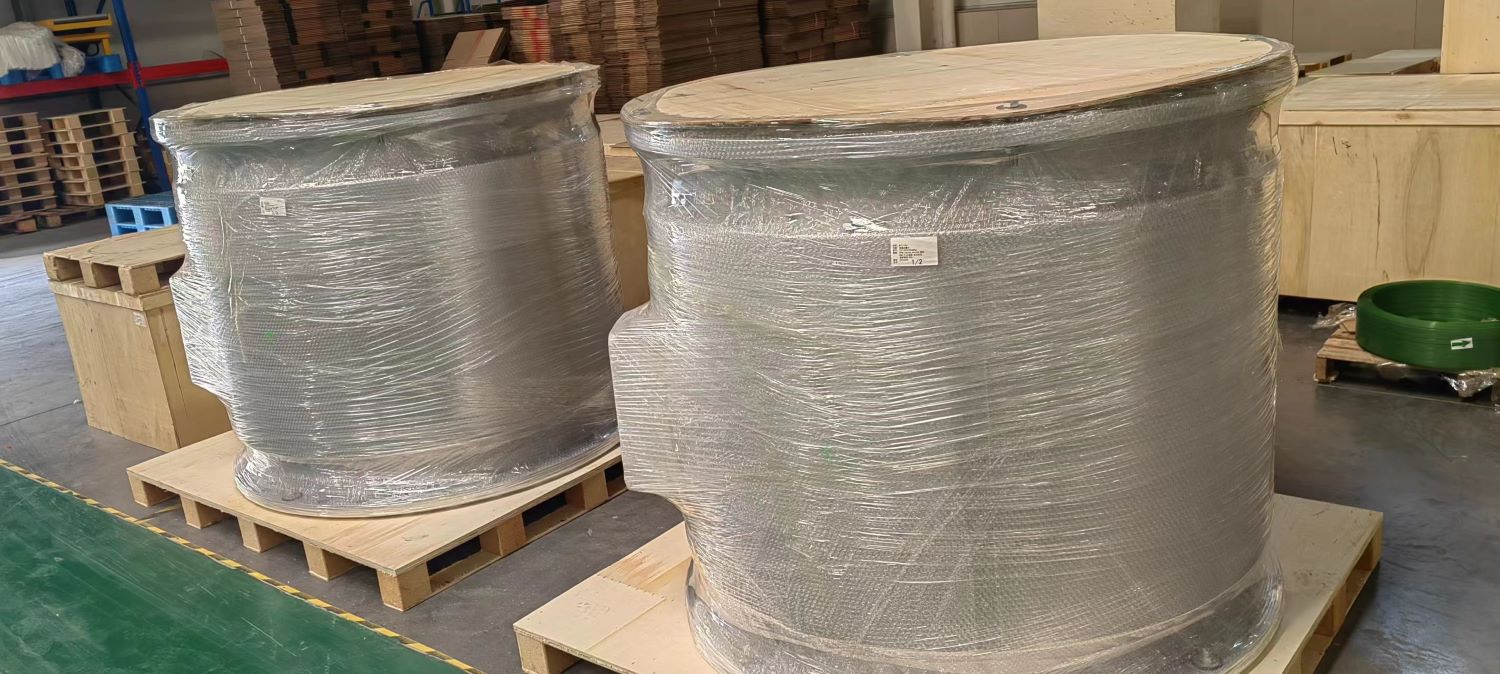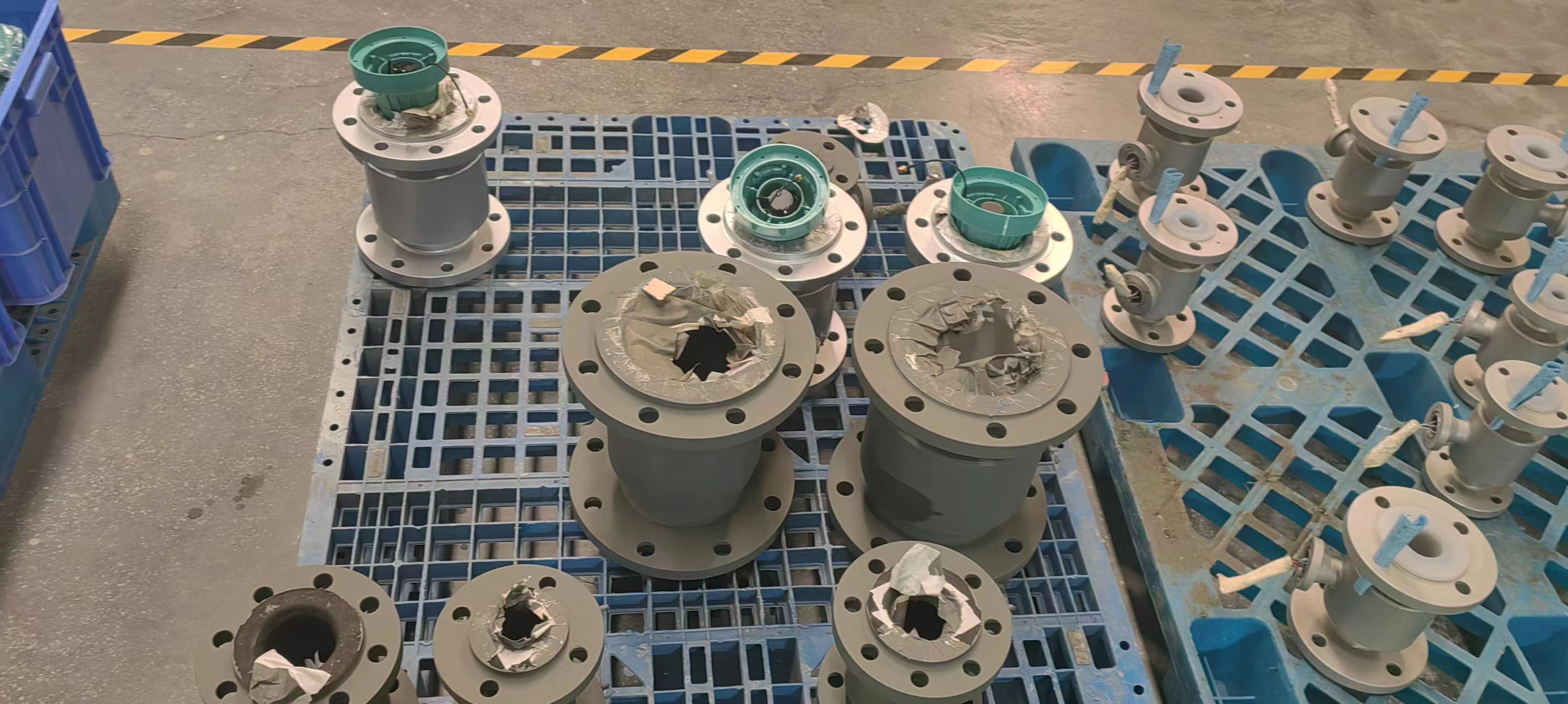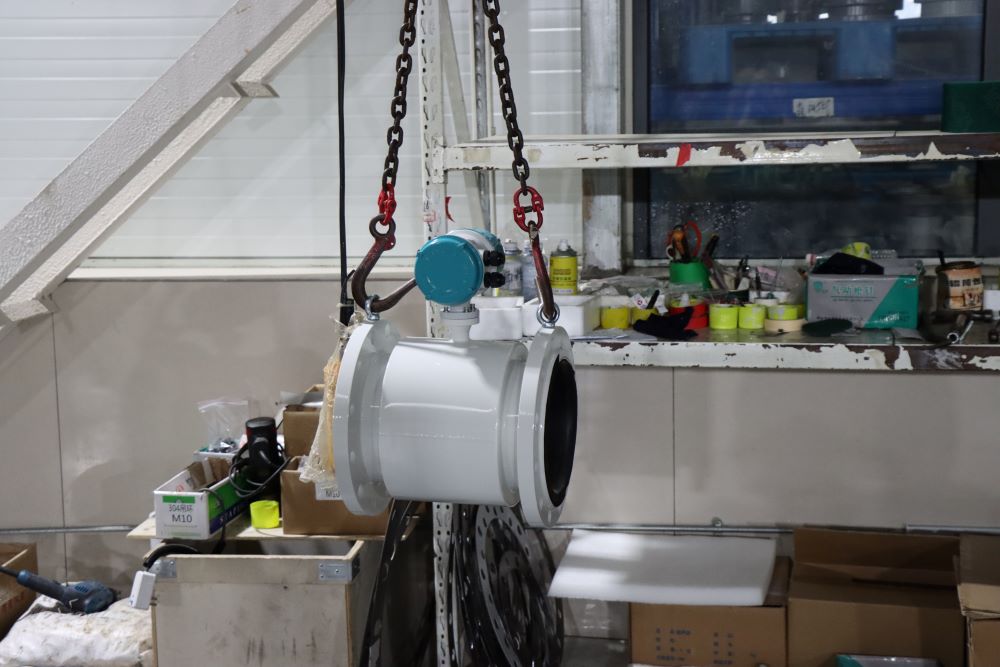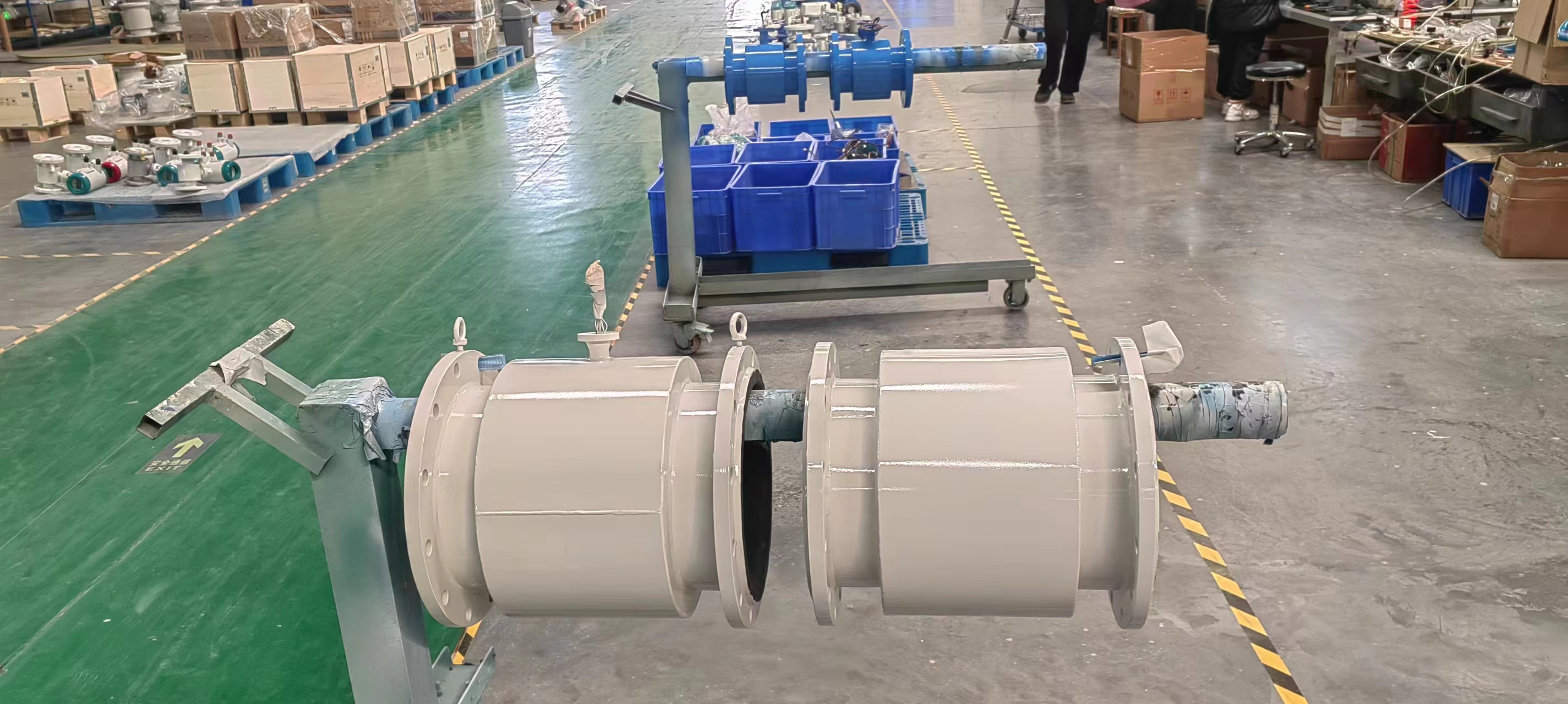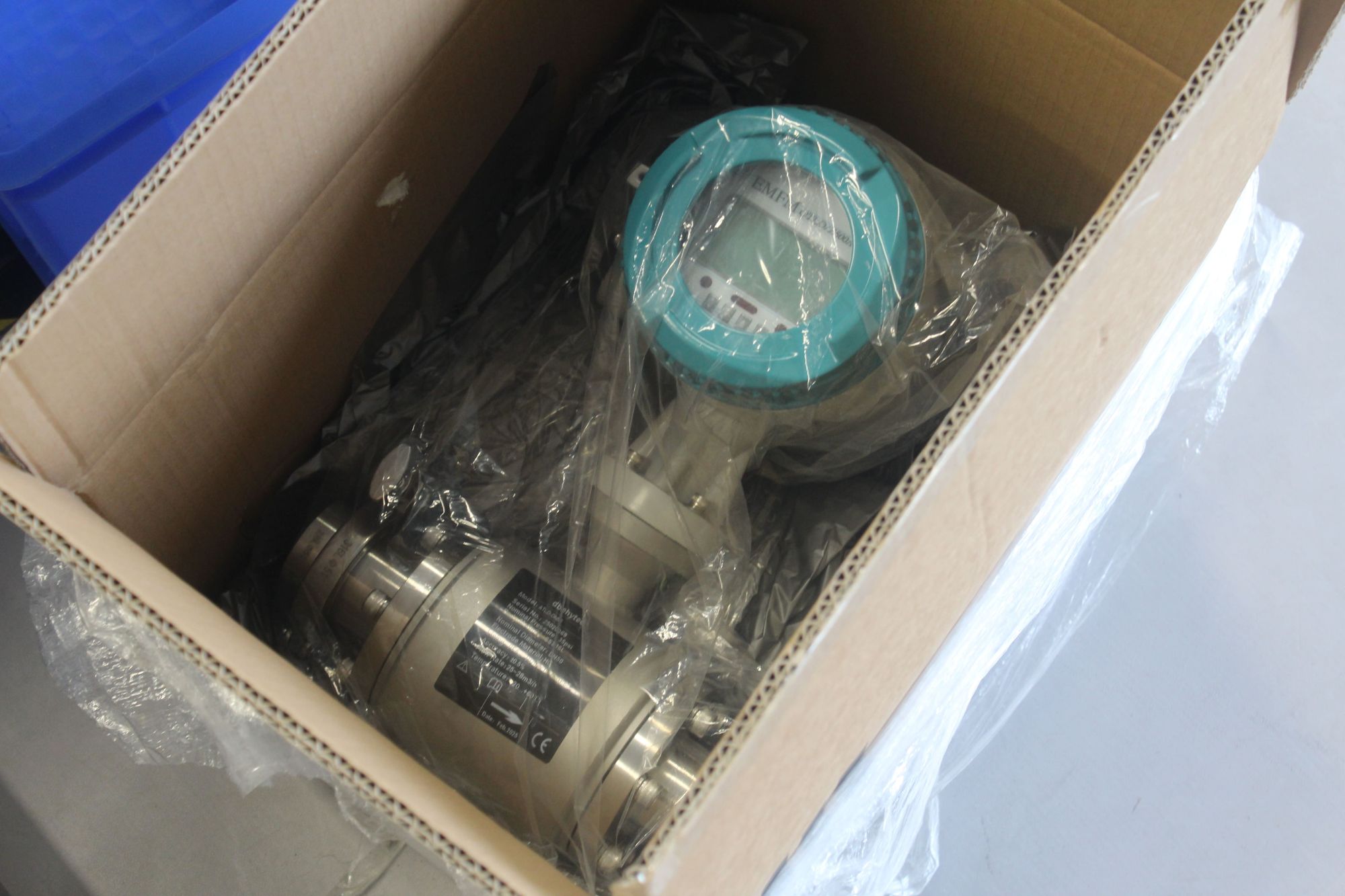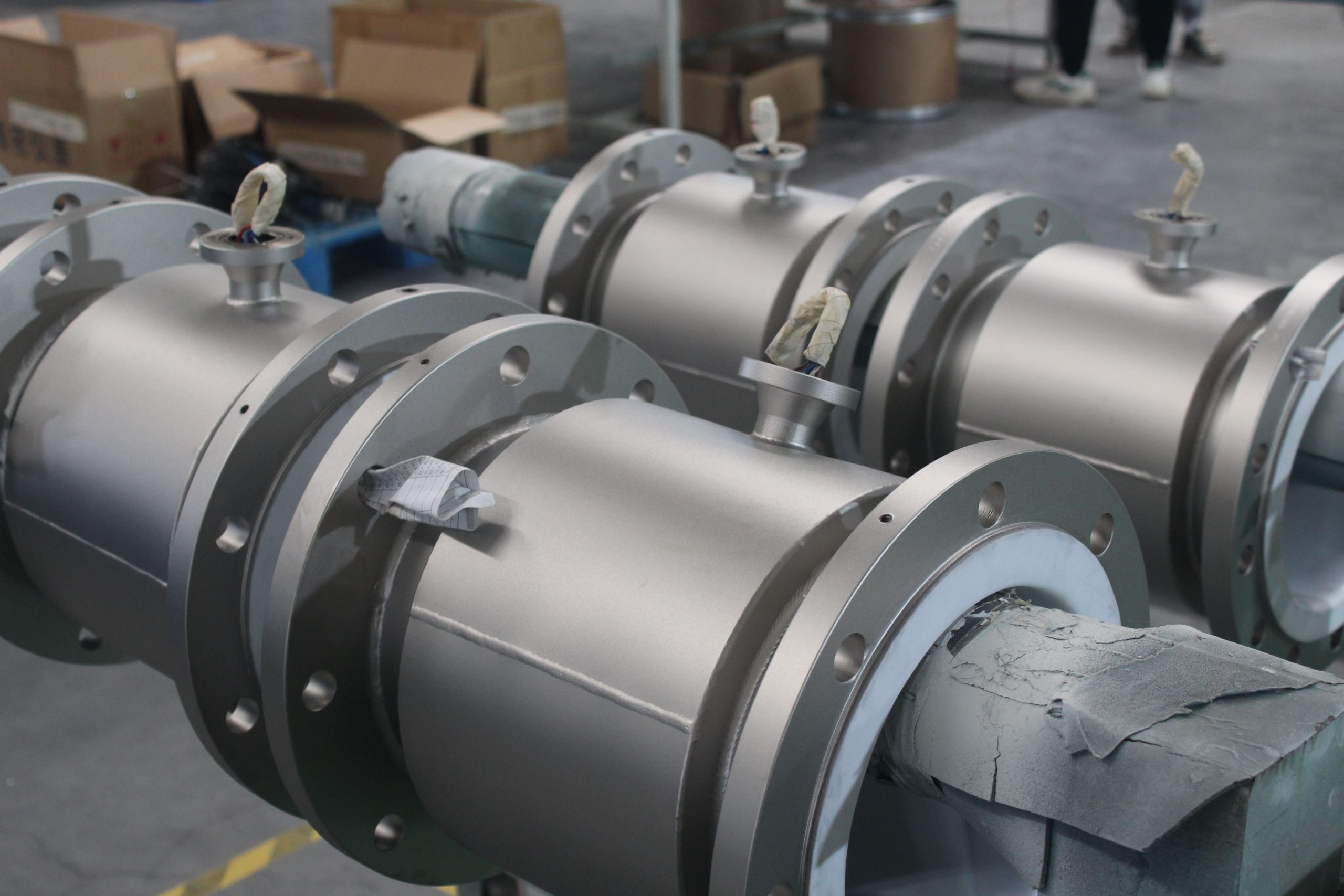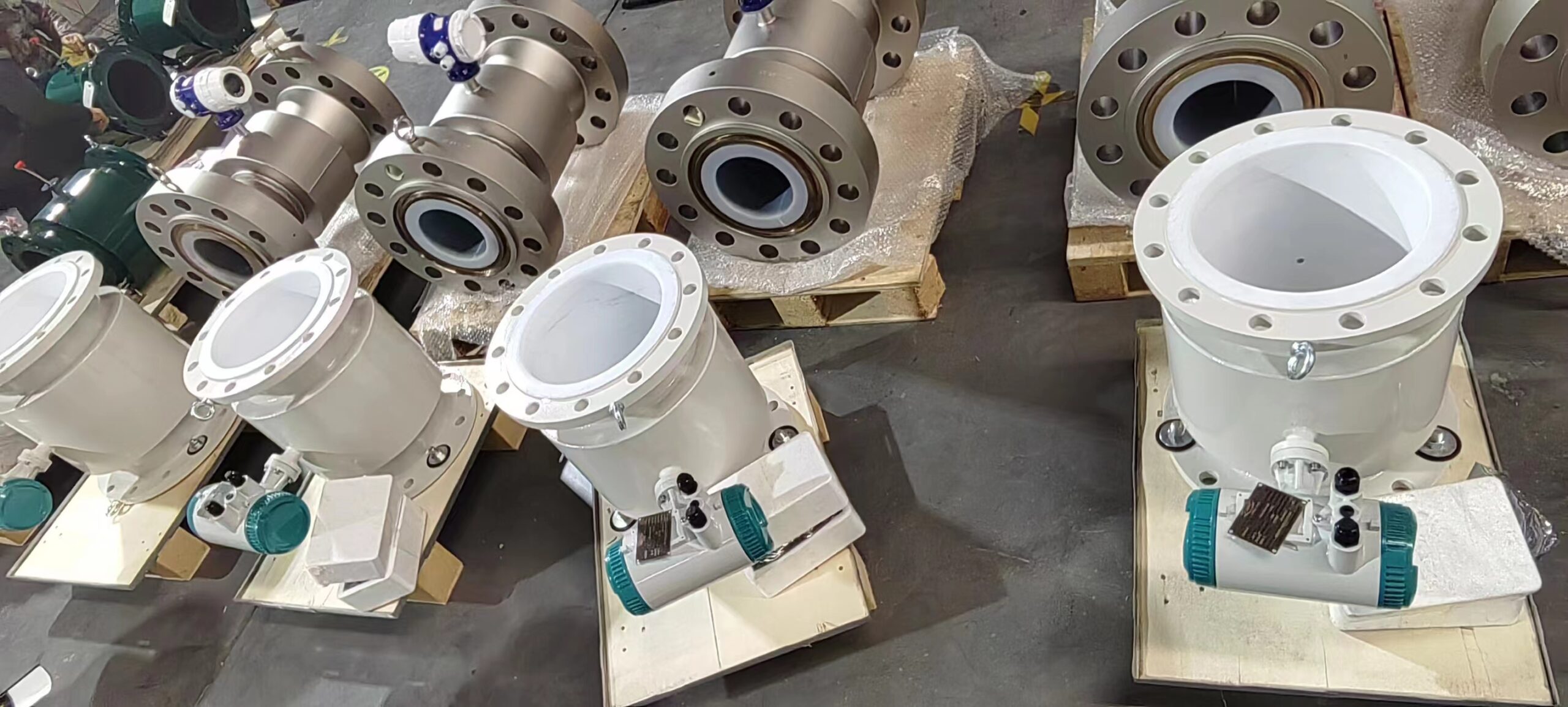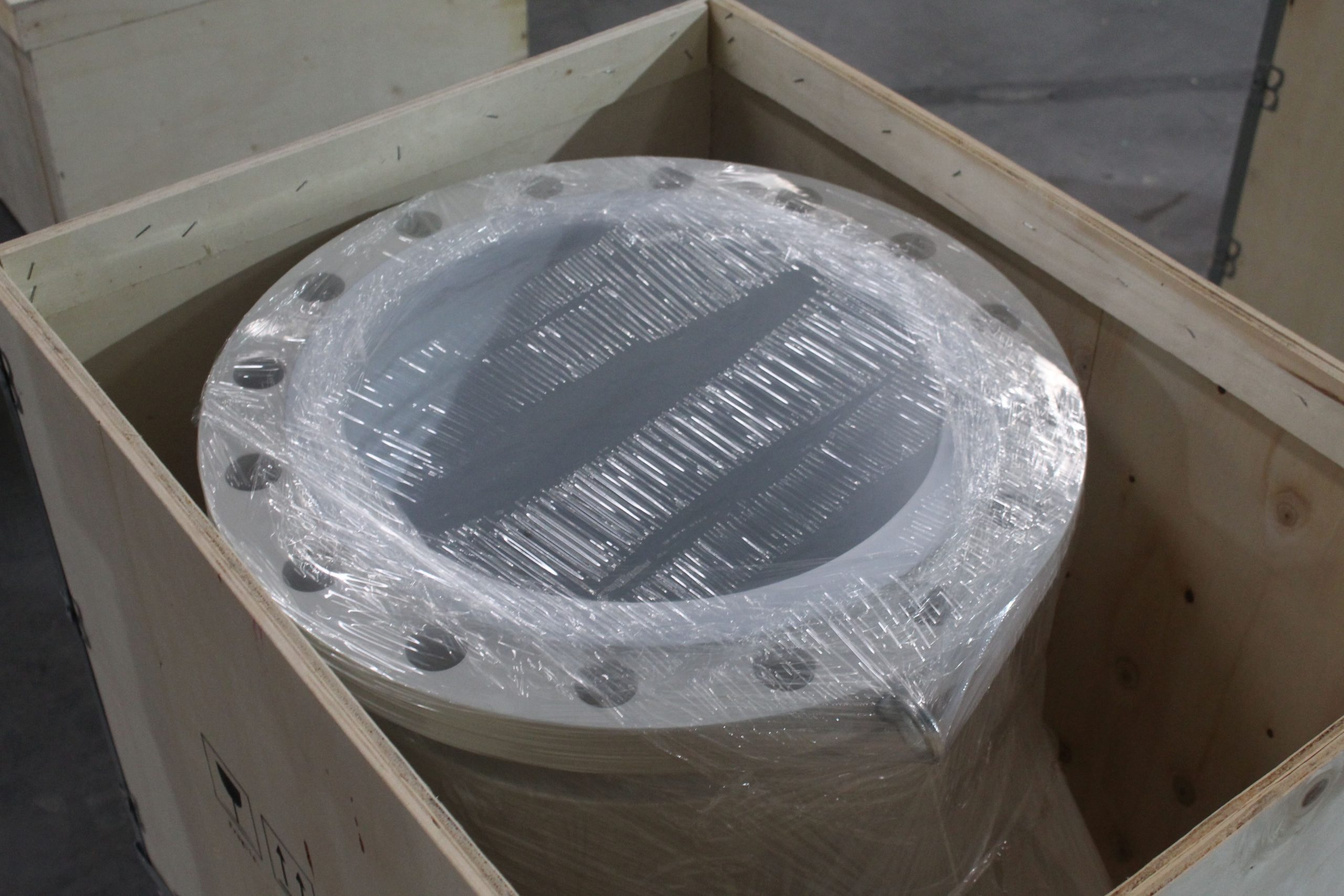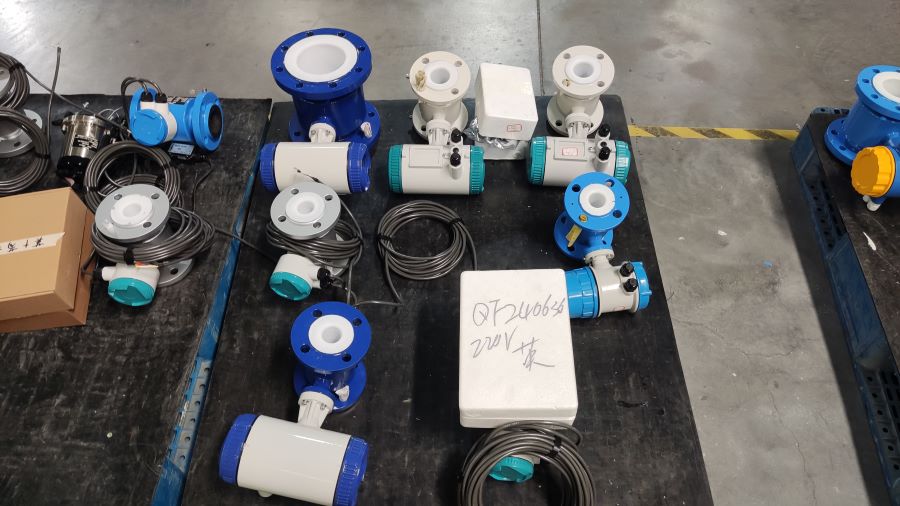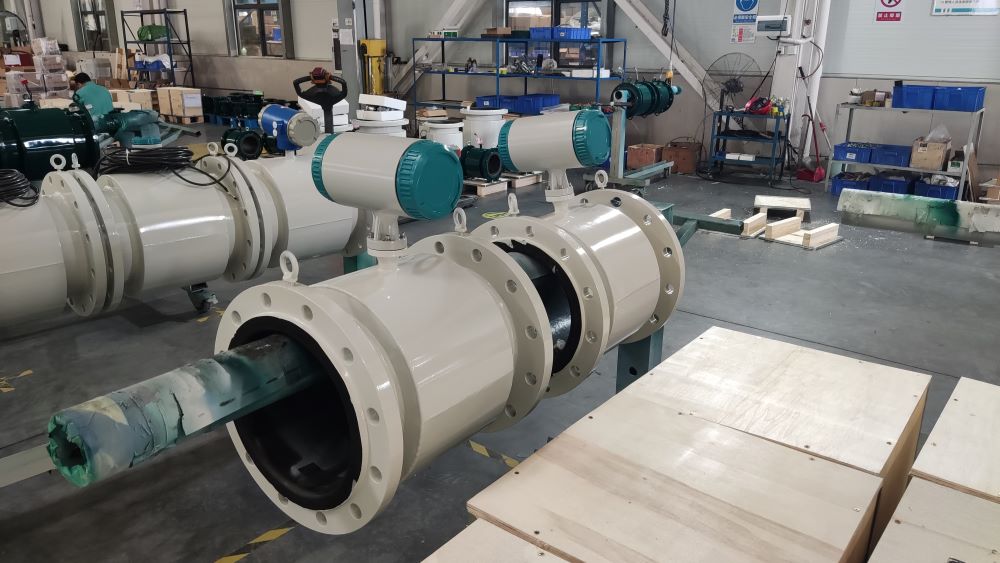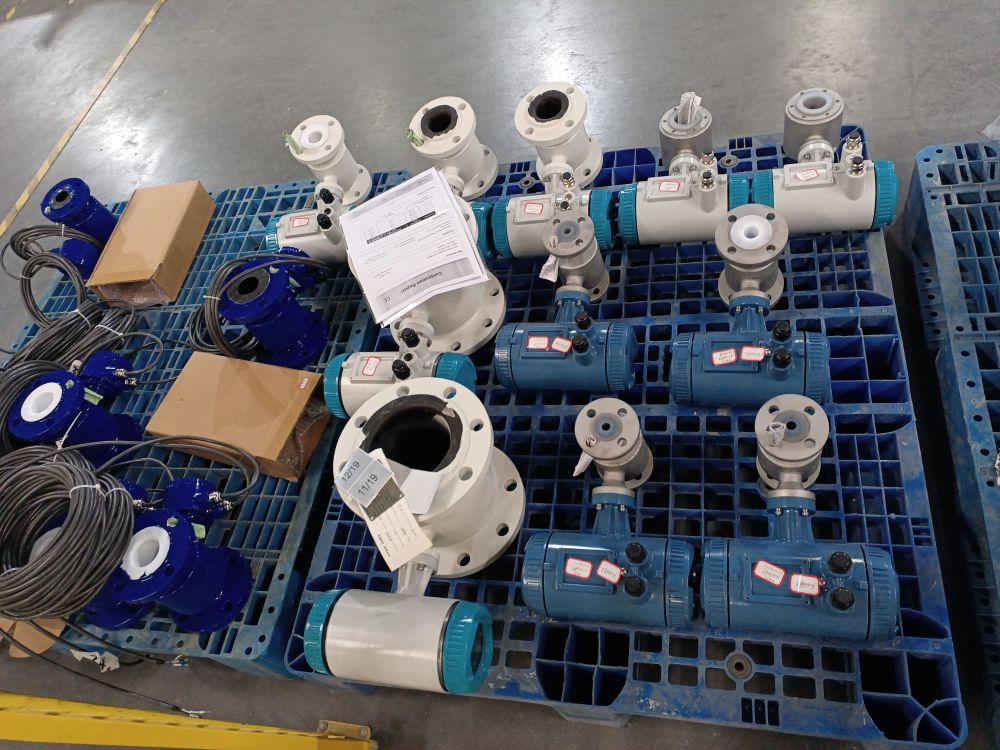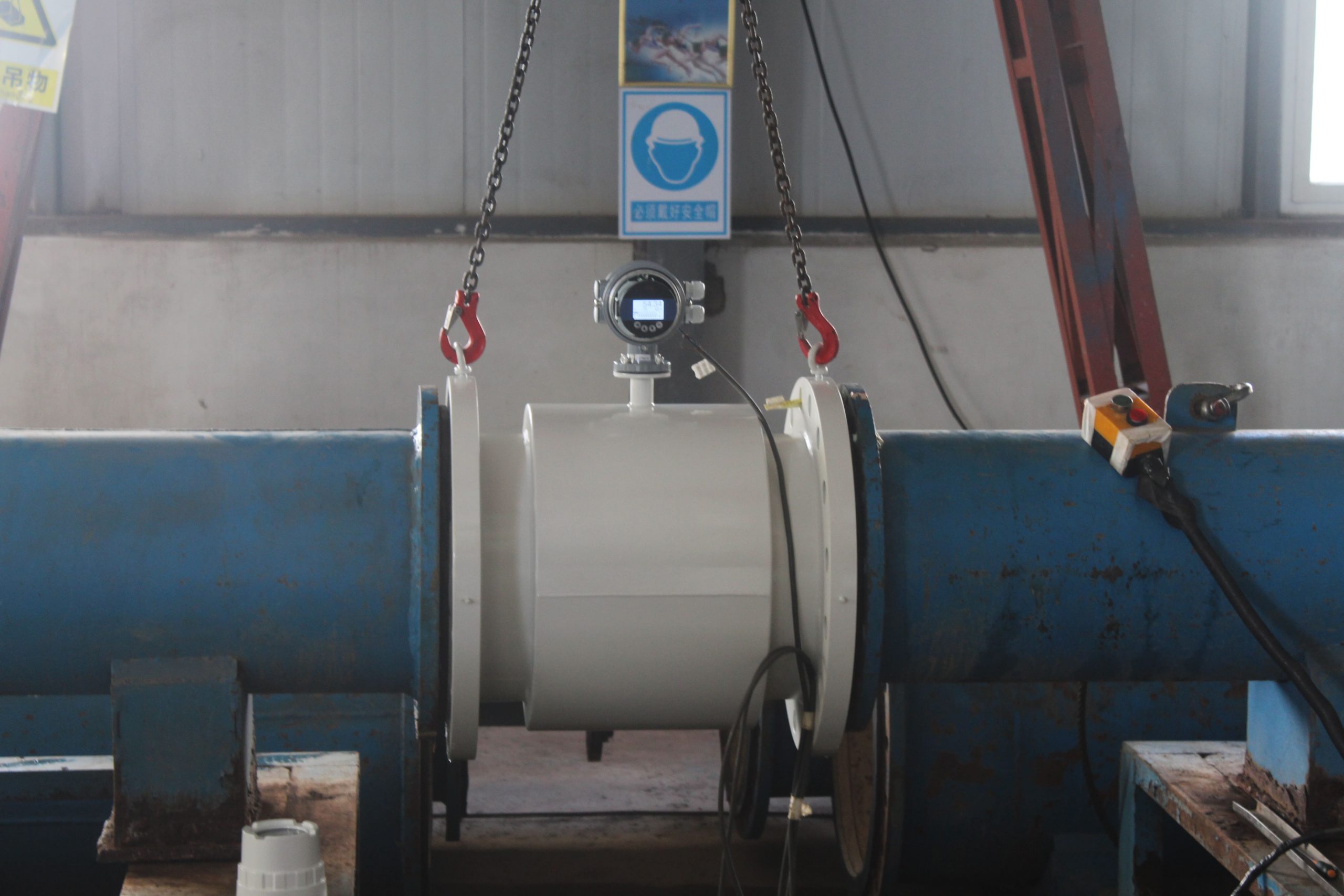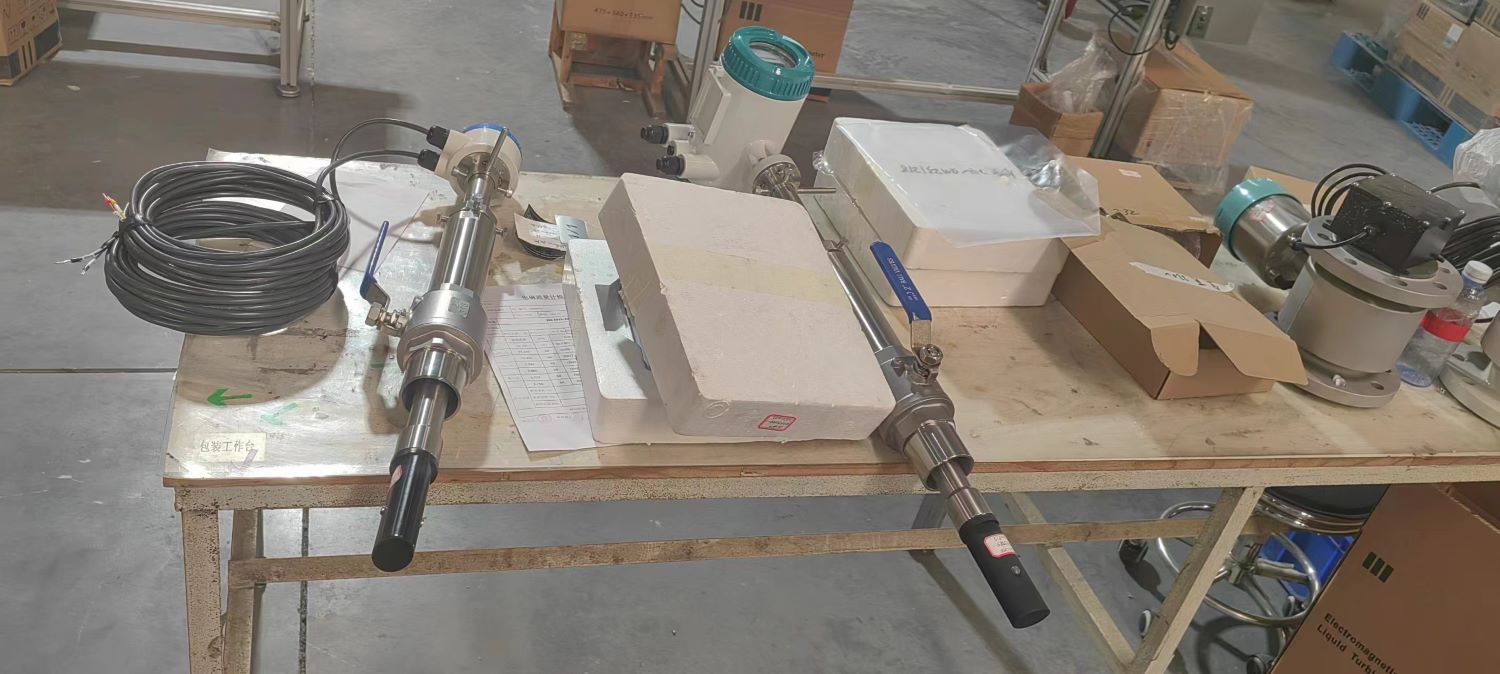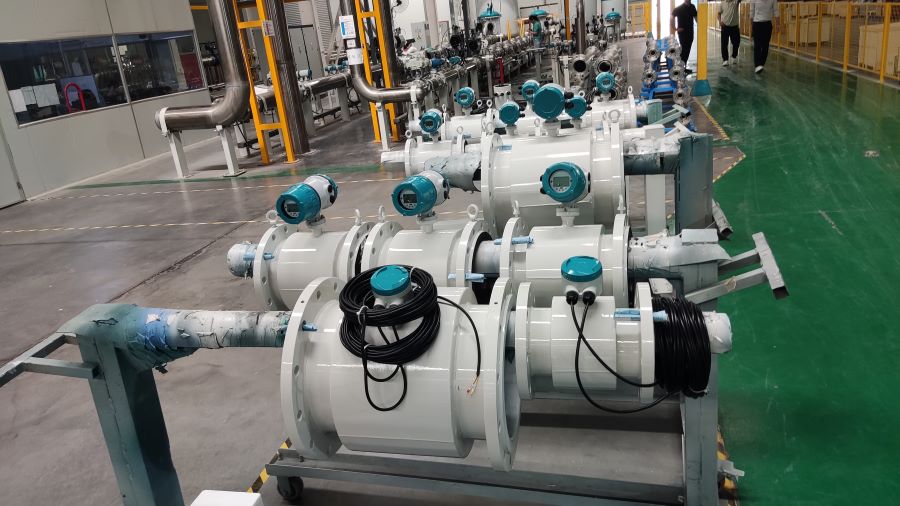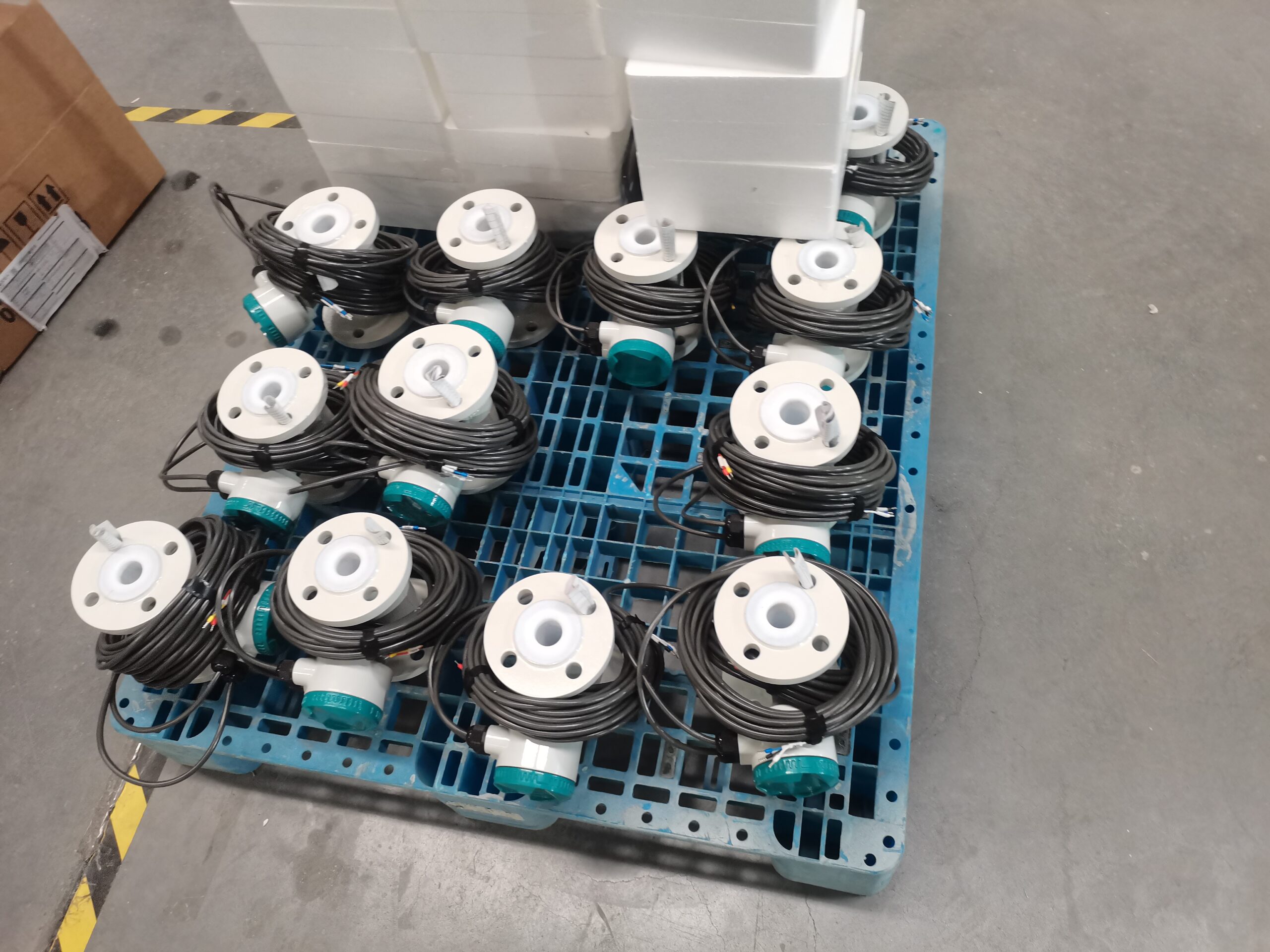What are the main advantages of electromagnetic flow meter in measurement?
The use of electromagnetic flowmeters is very wide, and this measuring instrument is used in many industries. Electromagnetic flowmeter is different from the general flowmeter, it follows the principle of electromagnetic induction, can measure the flow of liquid in the pipeline and its velocity.
The use of electromagnetic flowmeters is very wide, and this measuring instrument is used in many industries. Electromagnetic flowmeter is different from the general flowmeter, it follows the principle of electromagnetic induction, can measure the flow of liquid in the pipeline and its velocity. At present, the use of electromagnetic flowmeters on the market is very frequent, mainly because this flowmeter has many advantages:
1, electromagnetic flowmeter is called a non-contact instrument, the electromagnetic flowmeter can measure the smooth straight pipe segment. In general, if there is no component in the pipeline that blocks the fluid, the use of the electromagnetic flowmeter will not appear some additional pressure loss, and its energy saving effect is very good.
2, electromagnetic flowmeter in the use of the process will not be limited by the measured medium, as long as the calibration can be used to measure the gas conductive liquid flow. However, we should know the installation and use of electromagnetic flowmeters, so as to ensure the normal use of electromagnetic flowmeters in the future.
3, electromagnetic flowmeter in the measurement process output current size, only with the measured medium speed is related, as long as the flow rate is normal, its measurement range is relatively wide.
4, the measuring speed of the electromagnetic flowmeter is very fast, generally there is no mechanical reaction, and the flow can be measured instantaneously. At the same time, electromagnetic flowmeters can also be used to measure the flow in horizontal or vertical pipes.
In addition, the application scope of electromagnetic flowmeter is relatively large, can meet the measurement needs of different occasions, electromagnetic flowmeter is widely used in some difficult measurement occasions. As long as you use it correctly, the electromagnetic flowmeter is generally not faulty during use.

